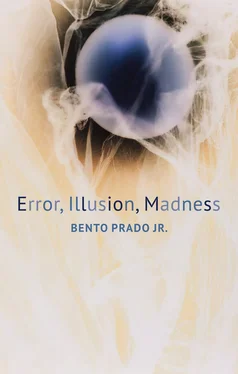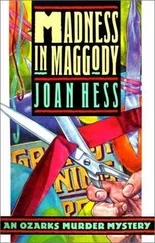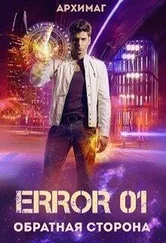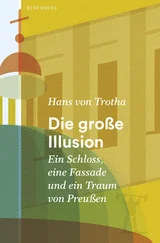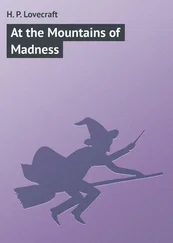Why Wittgenstein, then? Certainly not because he is in fashion (and, thank God, he no longer seems to be in fashion, as indicated by the growing proliferation of different naturalisms and of the so-called empire of cognitive science). Perhaps even for the opposite reason: because he is, as he declares himself to be, an essentially untimely philosopher by virtue of his radical opposition to the dominant spirit of contemporary techno-scientific civilization—or rather to das Kapital (see the chapter “Wittgenstein: Culture and Value” in this volume). In other words, if my texts are correct, the dominant interpretation of Wittgenstein in academic philosophy 3(today, philosophy tout court ) does not do justice to his work. For me, the point was to show that the language therapist is still, first and foremost, a philosopher —like Plato, Plotinus, Descartes, or Kant—never the mouthpiece of common sense or of any form of positivism. A conservative manoeuvre? Another disguised apology for philosophia perennis ? I do not think so; but only the reader can have the last word. Deep down, I believe that, in Wittgenstein (but also in Bergson and Deleuze … may my analytic colleagues forgive me), we can find a conception of philosophy that is essentially anarchontic, 4is not opposed to conceptual analysis, and manifests itself throughout the history of philosophy in various works, especially those of Rousseau and Pascal. I am thinking of an old philosophical war against all forms of foundationalism, a war that refuses the easy way out taken by skepticism and relativism and that is perhaps more current than the current vogue of postmodern weak thought. Pascal spoke against the “absolutism” of philosophy: “[t]o make light of philosophy is to philosophize truly.” 5And Rousseau, after demolishing the ambitions of dogmatic metaphysics, adds, I need a philosophy for myself. Of course, I may seem to be anachronistically shuffling the lines of the history of philosophy. But perhaps it is necessary to do so and to reject historicism and philosophia perennis at the same time, to imagine a time for thought that is syncopated and discontinuous. Walter Benjamin? I do not know. Let us say that the ultimate intention here is to introduce a minimum of negativity into the academic debate by revealing what is fragile in the moral–ideological assuredness that lies at its deepest foundation.
But this is all very vague and refers more to a distant and still imprecise target of these writings than to the steps actually taken. It could not be very different at the level of the telos (end or goal): we have before us little more than a philosophical wager. Let us confess, from the start, that we do not know the way , as we could say by placing in the first person the title of a beautiful etching by Goya: No saben el camino [ They Do Not Know the Way ] (see Figure 1).
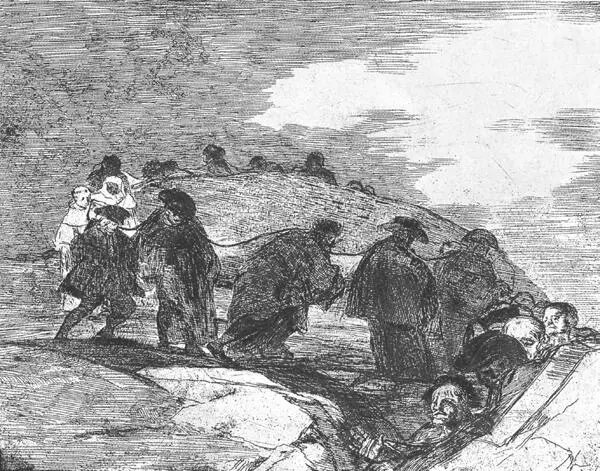
Figure 1.Francisco Goya y Lucientes, No saben el camino , etching nr. 70 from the series Fatales consequencias de la guerra de España con Bonaparte i otros caprichos enfaticos [ Fatal Consequences of Spain’s Bloody War with Bonaparte and Other Emphatic Caprices ] in the collection Desastres de la guerra [ Disasters of War ], 1810–20.
This is how Michael Armstrong Roche describes this etching:
A grim procession—two friars, one tonsured, the other cowled, both glowing in their white habits; three nobles, one wearing a tied wig and long waistcoast, all wearing outdated breeches and hats; two priests in cassocks and sombreros de teja (wide, soft-brimmed hats; and other lay people, all with their eyes closed—staggers through uneven, barren terrain. Rocky outcroppings make it impossible for the members of the procession to keep to a straight path. Roped together like a string of mules, in single file, some with heads bowed, they seem unaware of each other and of the person leading them into the gorge. He has raised his head in supplication or perhaps bewilderment. Light from the right side of the print penetrates the darkness, forming an abstract pattern, and plays off the polished surfaces of the rocks lining the abyss, and off the leader. 6
After this description, Roche goes on to explain how the etching gives new meaning, in the spirit of the philosophy of the Enlightenment, to the biblical parable of the blind man who guides and leads another blind man to the abyss (Matthew 15:14 and Luke 6:13) and to the proverb that comes from it. He insists on the novelty introduced by Goya, in contrast with previous representations of this scene (by Bosch and Brueghel, among others), both through the multiplication of characters and through the identification of blindness as unknowingness, ignorance, or superstition. In the words of Goya’s friend, the satirist José Gallardo Blanco, in a discourse against the anticonstitutionalism of the church, liberal ideas eliminate “the obstacles that prevent them from freely walking down the path of virtue toward happiness.” 7Or, even more clearly, “the paths of virtue, if we are to follow them with a sure step, must be illuminated by the light of wisdom; understanding guides the will; one cannot travel far on the road to perfection blindfolded and with bound feet.” 8
Roche even points out the etching’s reference to the reign of Ferdinand VII and to the blindness of his followers, who were committed to political and religious repression. It is not darkness, it is ignorance. 9
However, by turning the etching’s title from the third person to the first, we can see it differently, integrating it into the earlier tradition of Bosch and Brueghel. It is clear that, in so doing, we ignore the author’s deepest intentions or create a myth. But we do not necessarily produce an arbitrary deformation . In fact, something like a grain of freedom inhabits the heart of perception. A perception is never the passive record of a form in itself : Gestalt theory itself insisted on the structuring character of the act of perception. This character is proven by the fact that I can alternate, in perception, the functions of figure and ground, as in the example of the two opposing profiles that, seen as background , give way to the perception of a chandelier, or as in Wittgenstein’s duck–rabbit, obviously inspired by Gestalt psychology, which served as his paradigm for the concept of seeing-as. 10This non-random fluctuation in meaning, evident in normal perception, becomes crucial in the perception of the art object, whose meaning is only completed in its different receptions . 11Above all, with this “deformation” we do not necessarily attack the spirit of Enlightenment philosophy, nor do we revive the topos of the praise of madness (or blindness). Is not Kant’s philosophy, in a way, the culmination of the Aufklärung ? Would it not be possible to read another famous etching of Goya’s, The Sleep of Reason Produces Monsters , from a Kantian perspective? 12Blindness and sleep refer less to error and to prejudice than to a necessary illusion .
Seen in this manner, the Bergwege (mountain trails) of the etching take on the characteristics of the Holzwege (paths in the woods) 13—or, to speak in more classical terms, of aporias. This process does not amount to introducing a tragic pathos into the etching’s enlightened optimism; in any case, it implies no adherence to a Heideggerian style, as the expressions I have just used could suggest. This is confirmed by the following text by Wittgenstein, which could be read as a commentary on Goya’s etching:
Читать дальше
